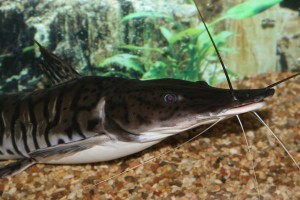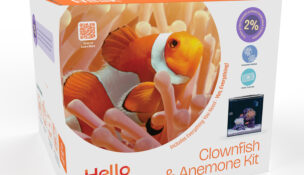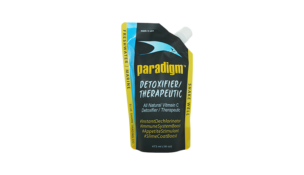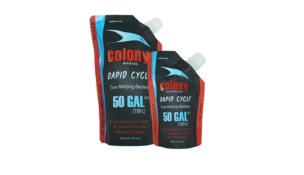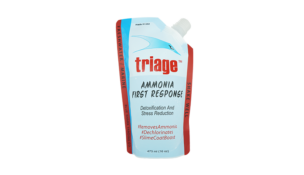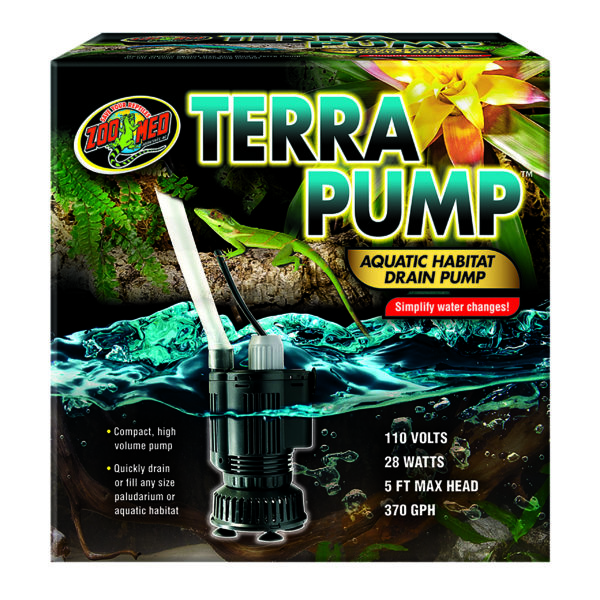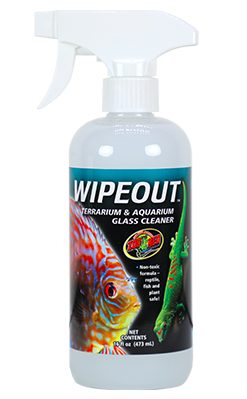Something Different
Manufacturer//January 4, 2016
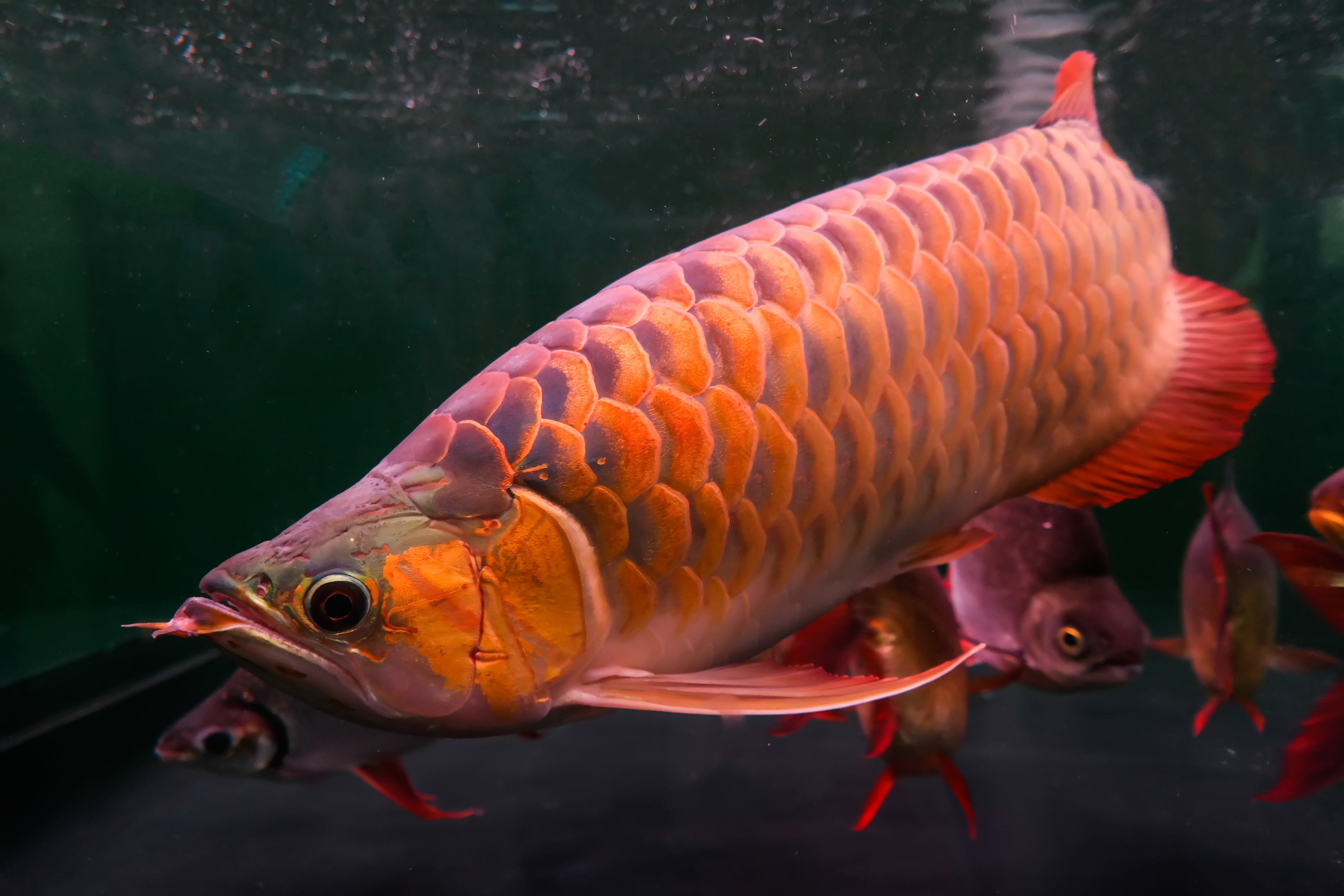
Something Different
Manufacturer//January 4, 2016
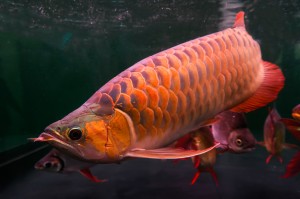 The days of kids walking into pet stores begging their parents for goldfish are long gone. Today’s customers—even the young ones—are much more sophisticated. Customers are asking for specific fish by name in their quests for something new and different.
The days of kids walking into pet stores begging their parents for goldfish are long gone. Today’s customers—even the young ones—are much more sophisticated. Customers are asking for specific fish by name in their quests for something new and different.
Luckily, independent retailers are in a great position to be able to appeal to these customers and meet their demands. Breeders are constantly making new types of fish available to the general public, and improvements in equipment and décor help enhance the allure of keeping freshwater aquariums.
Up the Ante with Catfish
Catfish have long been a staple for many aquariums because these algae eaters and scavengers are great at helping keep tanks clean.
“The plecostomus is one of our highest volume fish because it’s just such a standard in the industry, and stores like to have plenty in stock,” said Michael Griffith, marketing specialist for Segrest Farms.
But catfish have much more to offer than just providing janitorial services for a tank full of fish. There are some that mostly swim upside down, some that have electric characteristics, and even some that can walk. They range in size, from the small pygmy cory, which only grows to less than an inch and a half long, to the red tail and tiger shovelnose varieties that reach up to three to four feet long.
“We’re seeing a growing interest in catfish, and I think part of that is because they’re just so diverse,” said Phil Bartoszek, research and development product manager at Elive Pet. “You have entry level customers exposed to them early on and you have some rare, beautiful species that are popular with serious hobbyists. Catfish are a unique species that span the entire spectrum of the hobby.”
The many different characteristics seen in the catfish species are not the only thing unique about these fish. They are nocturnal, feeding and becoming active at night when other fish are typically still.
“One thing we’ve seen start to take off is lighting specifically for viewing catfish,” Bartoszek said. “By using red LED lights you can see their interesting nocturnal behavior, but the light is subtle enough so the fish still behave as if it were night.”
Elive offers a pod lighting system that lets fish owners customize track lighting to include blue, red and white lights, and all but the red can be turned off at night.
A category would not be complete without special food, and even though catfish are usually scavengers, their diets can be supplemented to ensure they have a complete, balanced diet that fits their nutritional requirements. Elive Pet offers two varieties, Bottom Feeder Pellets and Algae Blasts, and Hikari Tropical offers its own Sinking Wafers for catfish, loaches and bottom feeders.
Another exciting category within freshwater fish that is a great opportunity for independent retailers is the monster category, which may encompass hobbyists looking for very big fish or people who have very big tanks filled with many fish.
According to the 2015-2016 American Pet Products Association Pet Owners Survey, about 10 percent of goldfish and tropical freshwater fish owners report owning large fish. While this is a relatively small number, the group makes up for their size in passion, and there is no denying that monster hobbyists will be making larger purchases more often than consumers who need to treat a 30 gallon tank and feed only a few small fish.
As with catfish, the growing number of species available to hobbyists is helping the monster category grow in popularity.
“Arowana and pacu have been pretty popular, and we’re seeing some other types gain in popularity, such as the goonch catfish, the red tail/tiger shovelnose hybrid catfish, tinfoil barbs and iridescent sharks,” Griffith said.
However, there are some special considerations to keep in mind with monster tanks.
Appropriate Filters: Thanks to improving technology, today’s filters work more efficiently and are more user-friendly than just a few years ago. This is especially helpful with aquariums that contain 100 gallons of water or more. Look for options such as Marineland’s Magniflow filters and Hydor’s Professional External Filter-350.
Water Treatment: It is a natural fact that the bigger the fish, the larger the amount of waste. Seeing the growing interest in monster fish led Fritz Aquatics to expand their popular Fritzyme line to include Monster 360. This product contains the same biologicals found in the other Fritzyme 360, but in a highly concentrated product to handle the needs of a large tank.
Tank Construction: Most of the time, a customer interested in monster fish is going to have to build a custom tank. They will need to make sure their home is structurally able to hold the extra weight, and might even need to add some support to the floor. The tanks themselves also need specific considerations, such as thicker glass and a special support stand. Helping your customers with their tank is a great way to build a relationship and bring revenue into your store. Planet Aquarium is an example of a custom tank distributor that works only through the independent retail channel, not making any direct or online sales.
“We think offering these tanks through your store is a really good opportunity for independent retailers to grow their business,” said Darin Hartwig, president of DFW aquarium supplies. “Not only are you getting a pretty big sale by working with a customer on design and set up of a custom stand, you’re solidifying a pretty solid revenue source for the store by building a relationship with that customer.”
Consider Options for Rescue: No matter how much research and education a customer goes through before purchasing a monster fish, they will sometimes end up being overwhelmed and unable to continue to care for the fish. As a responsible retailer, it is important to have a clear, guilt-free return policy for these fish.
“Most of the time I’ve seen retailers do a store credit in this situation,” Griffith said. “You might want to consider having a large tank in your store in case you need to take a fish back or partnering with a local rescue group when available.”
An Expert Position
Whether you’re selling pygmy catfish for nano tanks or six foot-long arowana, the appeal of these fish is their uniqueness. Make sure you capitalize on that to position yourself as a specialty market, where people can get fish, products and equipment beyond the run-of-the-mill plastic plants at big-box stores. Social media can be a huge asset in getting the word out on your products. Post on Facebook and Instagram, and encourage customers to share their photos as well. You might even consider a blog that highlights new products as they come in, or tips on caring for these types of fish—anything that gets a conversation started within your community is a positive marketing tool.





